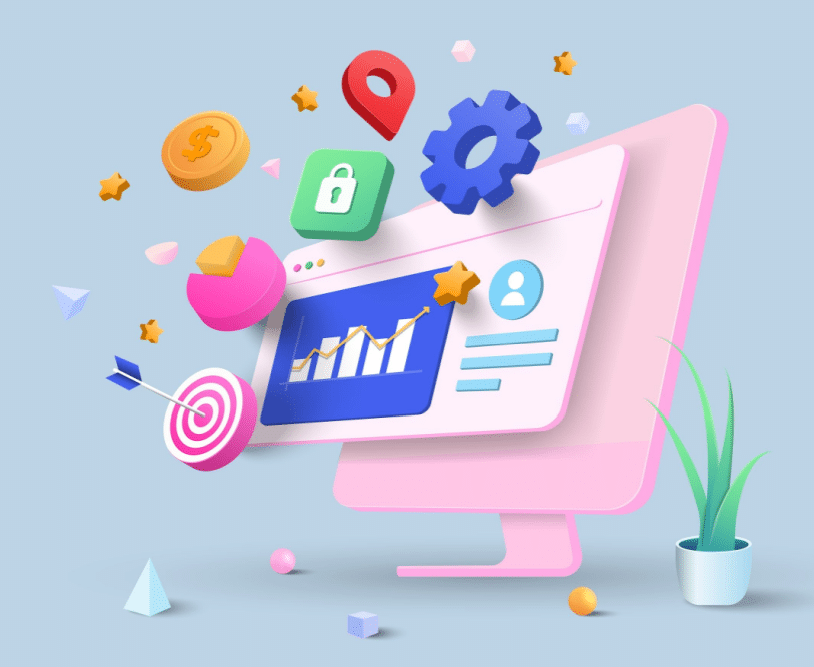Understanding AI’s Role in Social Media Optimization
Artificial Intelligence (AI) has transformed social media marketing by enabling data-driven strategies to maximize engagement, reach, and conversions. AI tools analyze vast datasets, including user demographics, behavior patterns, and content performance, to craft posts that resonate with target audiences. By leveraging machine learning, natural language processing, and predictive analytics, these tools optimize posting schedules, content formats, and messaging. This ensures posts are tailored to specific platforms and audiences, increasing likes, shares, and comments while minimizing trial-and-error. To get the best results, users must define clear goals—such as brand awareness or lead generation—and align AI tools with these objectives.
Recommended AI Tools for Social Media Optimization
Several AI-powered tools excel in optimizing social media posts. Hootsuite Insights uses AI to analyze audience sentiment and schedule posts for peak engagement times. Sprout Social leverages machine learning to suggest content strategies based on performance analytics. Buffer’s AI assistant optimizes posting schedules and recommends content tweaks. For advanced content creation, Jasper.ai generates engaging captions and hashtags, while Canva’s AI-driven Magic Studio enhances visuals with automated design suggestions. Lately.ai tailors content for specific platforms by analyzing brand voice and audience preferences. Choosing tools that integrate with your existing platforms ensures seamless workflows and better results.
How AI Optimizes Social Media Posts
AI optimizes posts by analyzing historical data and real-time trends to determine what resonates with audiences. It evaluates metrics like engagement rates, click-throughs, and shares to identify high-performing content types, such as videos or infographics. AI tools use natural language processing to craft compelling captions, hashtags, and calls-to-action tailored to audience preferences. They also predict optimal posting times by analyzing when followers are most active. For visuals, AI enhances images or videos with filters, text overlays, or sizing adjustments to suit platform requirements. Continuous learning allows AI to refine strategies, ensuring consistent improvement.
Steps to Implement AI in Social Media Strategies
To optimize posts with AI, start by selecting a tool that aligns with your goals and platforms, such as Instagram, X, or LinkedIn. Integrate the tool with your social media accounts to access analytics and automation features. Input your brand guidelines, including tone and style, to ensure AI-generated content aligns with your identity. Use AI to analyze past posts and identify top-performing elements, then apply these insights to create new content. Schedule posts using AI-recommended times and monitor performance through real-time dashboards. Regularly review analytics to refine strategies and stay aligned with audience trends.
Maximizing AI’s Potential for Engagement
To get the best out of AI, focus on customization and experimentation. Provide AI tools with detailed audience personas, including age, interests, and behaviors, to generate hyper-targeted content. Experiment with A/B testing, where AI creates multiple post variations to identify what drives the most engagement. Use AI to monitor real-time trends, such as viral hashtags or topics on X, and incorporate them into posts for relevance. Engage with audience feedback by using AI to analyze comments and adjust content accordingly. Combining AI’s data-driven insights with human creativity ensures posts feel authentic and impactful.
Avoiding Common Pitfalls with AI Optimization
While AI is powerful, over-reliance can lead to generic or repetitive content. To avoid this, regularly review AI-generated posts to ensure they reflect your brand’s unique voice. Don’t ignore platform-specific nuances—AI may suggest content that works on X but not on TikTok, so tailor outputs accordingly. Ensure data privacy by using reputable tools compliant with regulations like GDPR. Monitor AI analytics for biases, as algorithms may prioritize certain demographics over others. Finally, balance automation with human oversight to maintain authenticity, as audiences value genuine connections over purely algorithmic content.
Measuring Success and Iterating with AI
To maximize AI’s impact, track key performance indicators (KPIs) like engagement rate, reach, and conversions using tools like Sprout Social or Hootsuite. AI dashboards provide insights into what’s working and what isn’t, allowing you to iterate quickly. For example, if AI analytics show videos outperform static images, shift focus to video content. Revisit your strategy monthly to incorporate new AI features or platform updates. Encourage continuous learning by feeding AI new data, such as customer feedback or campaign results, to refine its recommendations. This iterative approach ensures sustained growth and relevance in your social media presence.

